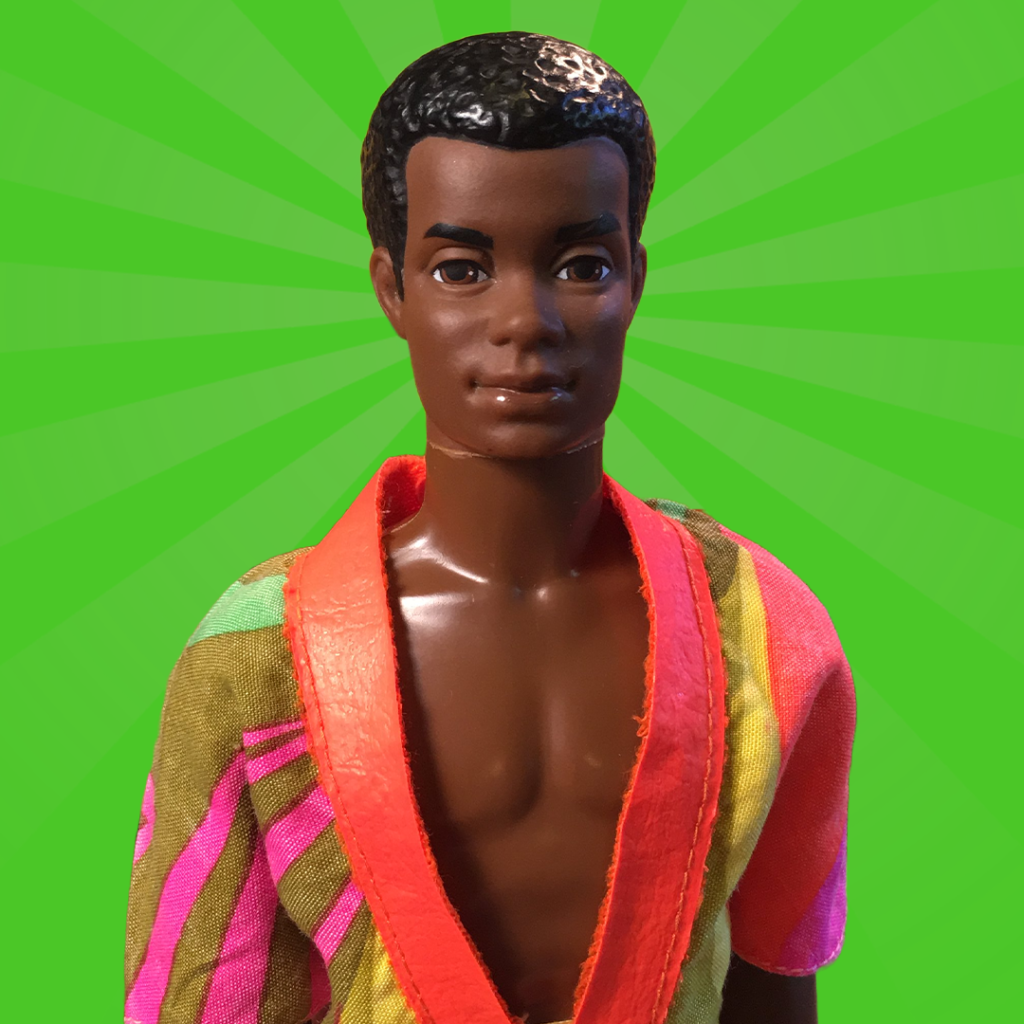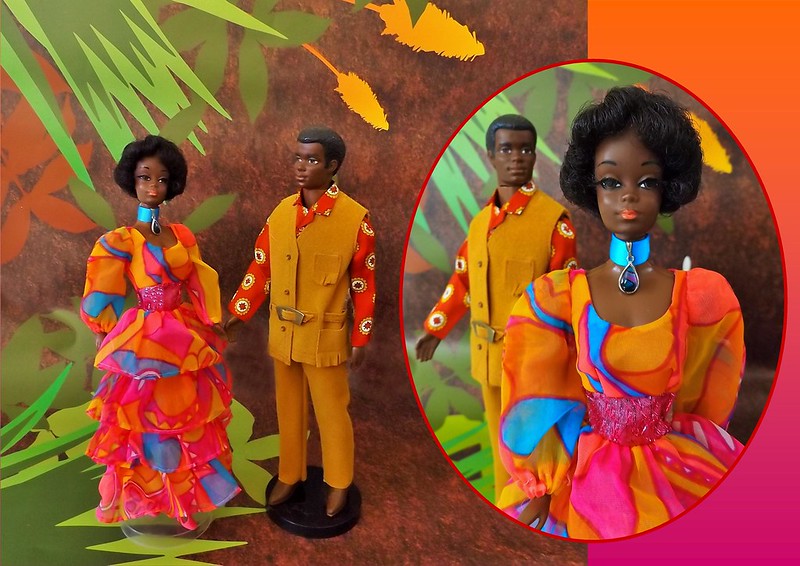
Brad Doll photo credit: J Mitchell
The Impact of Brad Doll on Culture
Barbie has been a beloved icon of the doll world since 1959. As society began to diversify in the late 1960s and early 1970s, Barbie’s circle of friends also needed to reflect this change. Mattel, the maker of Barbie, recognized the importance of cultural diversity and representation in their dolls.
In 1966, Barbie’s MODern cousin Francie made her debut, followed by Casey and Twiggy a year later. Francie was reintroduced in 1967 as a “colored” version, paving the way for greater inclusivity. Despite this, it wasn’t until 1980 that Barbie’s African American edition was launched, and Ken’s first African American version didn’t appear until 1982.

Barbie & Friends dolls photo credit: Modbarbie Lover
However, the introduction of Black Francie dolls marked an important milestone, especially during the mid-sixties when social equality and representation were in demand. Although the Black Francie doll was discontinued after only two versions due to poor sales, Mattel continued to diversify Barbie’s circle of friends. Christie replaced Francie, and her boyfriend Brad was released in 1970.

Brad Doll photo credit: J Mitchell
Brad only had two versions marketed and was discontinued in 1973, but his significance lies in his place as a turning point in the history of toys and dolls. The existence of Brad and the subsequent introduction of other diverse Barbie characters allowed young Black boys and girls to see themselves reflected in these beloved toys. The Brad doll played an important role in breaking down barriers and creating an inclusive toy landscape.

Christie and Brad dolls photo credit: Modbarbie Lover
Christie and Brad both shared the same beefier Ken doll body, allowing them to swap wardrobes and encouraging unity and inclusivity. Brad’s head mold was even later used to create Curtis, another male friend of Ken. The introduction of diverse dolls like Brad and Christie was a positive step towards cultural awareness and representation in the toy industry. These dolls helped to break down barriers and create an inclusive world of play, where all children can see themselves represented.